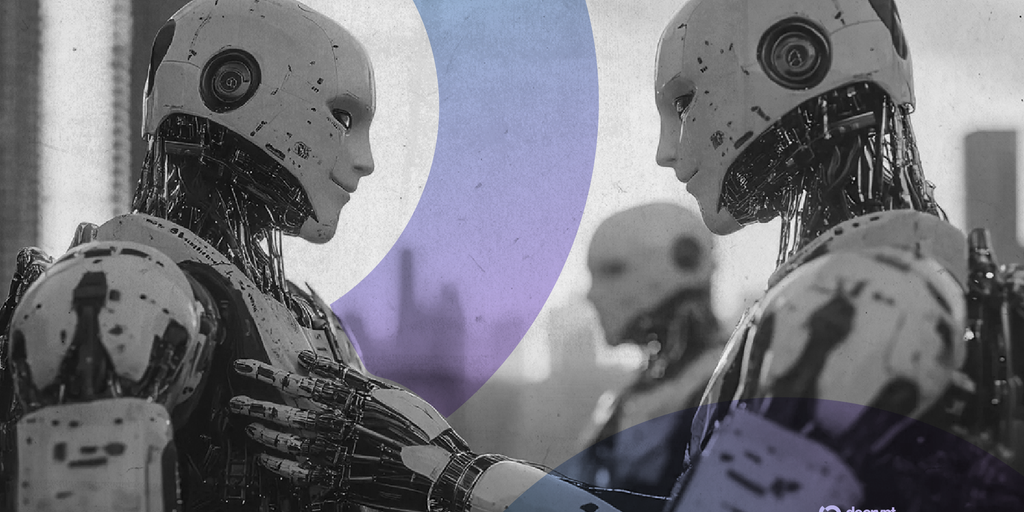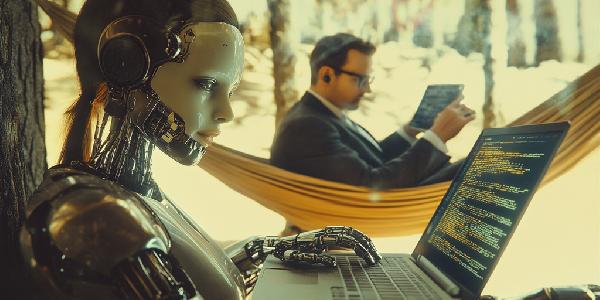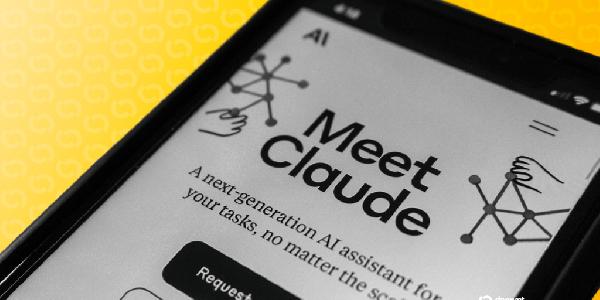Robots are no longer just assembling cars or vacuuming floors. They’re laying tile, patrolling neighborhoods, and creeping into spaces as personal as the bedroom, like a scene from a sci-fi film.
As automation accelerates, machines are taking on tasks once reserved for humans, from the construction site to the street corner. This blurring of the line between novelty and necessity challenges what it means to work, relate, and live alongside machines.
In June 2024, Hugging Face entered the humanoid robotics space with Reachy 2, a $70,000 AI-powered robot developed by its subsidiary, Pollen Robotics, a price point that reflects the growing affordability driving wider adoption of robots in real-world applications.
Here‘s a look at some of the professions being disrupted by robotics, what that means for workers, and how society grapples with the rise of a machine-powered labor force.
Construction
Robotics is transforming construction by automating tasks like bricklaying, welding, painting, and surface finishing components. Employing robots lets managers cut costs and speed up timelines, while reducing the need for human labor.
According to a 2024 report by venture capital firm Cemex Ventures, the global construction robotics market is expected to reach $774.6 million by 2032.
Experts say the rise of robotics in labor-intensive fields is not just a matter of efficiency, but also a response to a growing shortage of workers willing to do physically demanding jobs.
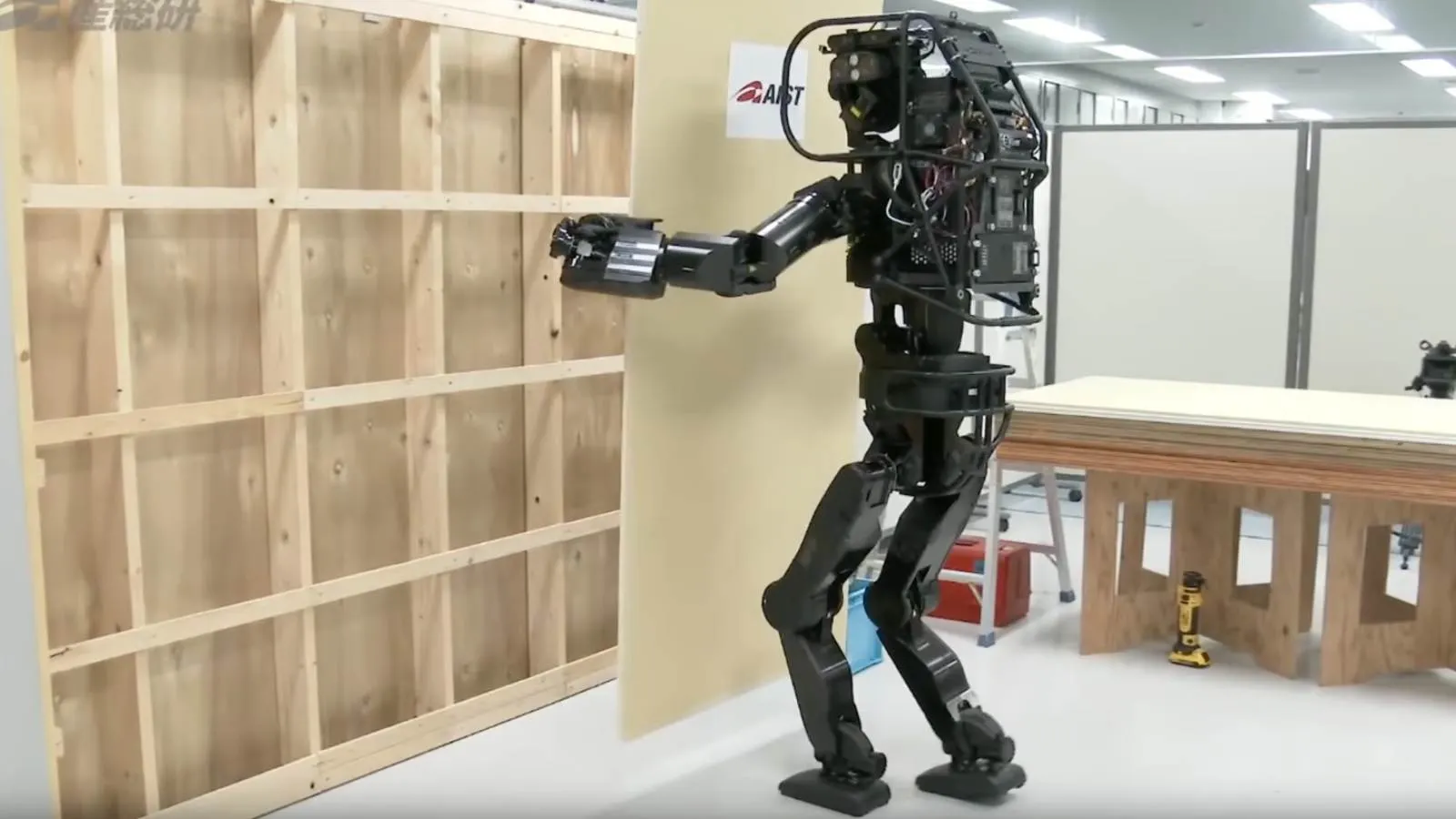 Image: The National Institute of Advanced Industrial Science and Technology
Image: The National Institute of Advanced Industrial Science and Technology“That‘s where we are focusing on augmenting the workforce,” GrayMatter Robotics CEO Ariyan Kabir previously told Decrypt. “The applications that we‘re focusing on, there‘s not enough people to do this in the first place.”
As robots take on more responsibilities on construction sites, they‘re also gaining ground in less traditional domains, like policing.
Police patrols
Police departments are also beginning to deploy robots to patrol city streets, using autonomous machines and drones to monitor public spaces, respond to incidents, and assist with surveillance.
In December, a video began circulating online showing Chinese police in Shenzhen patrolling the city accompanied by a sphere-shaped robot called the RT-G.
 The RT-G with Police Officers.
The RT-G with Police Officers.Developed by Logon Technology Co., Ltd., the RT-G is an AI-powered robot capable of facial recognition and alerting authorities to suspicious activity. It is equipped with tear gas sprayers, a sound-wave dispersal device, and a net-launching gun, and can withstand impacts of up to four tons.
Meanwhile, factories are also undergoing a revolution led by AI-driven machines.
Factory worker
Factory floors are rapidly evolving as companies like Mercedes-Benz and Tesla deploy AI-powered robots—such as Apptronik’s Apollo and Tesla’s own Optimus, respectively—to take over tasks once done by humans, from handling auto parts to managing logistics.
“We have two Optimus robots in our Fremont factory that are doing tasks, which is taking cells off the line and placing them in a shipping container,” Tesla CEO Elon Musk said during a shareholders meeting last summer. “We actually have quite a few of these cruising around in our offices in Palo Alto.” Musk said he expects to see 1,000 Optimus robots working at Tesla.
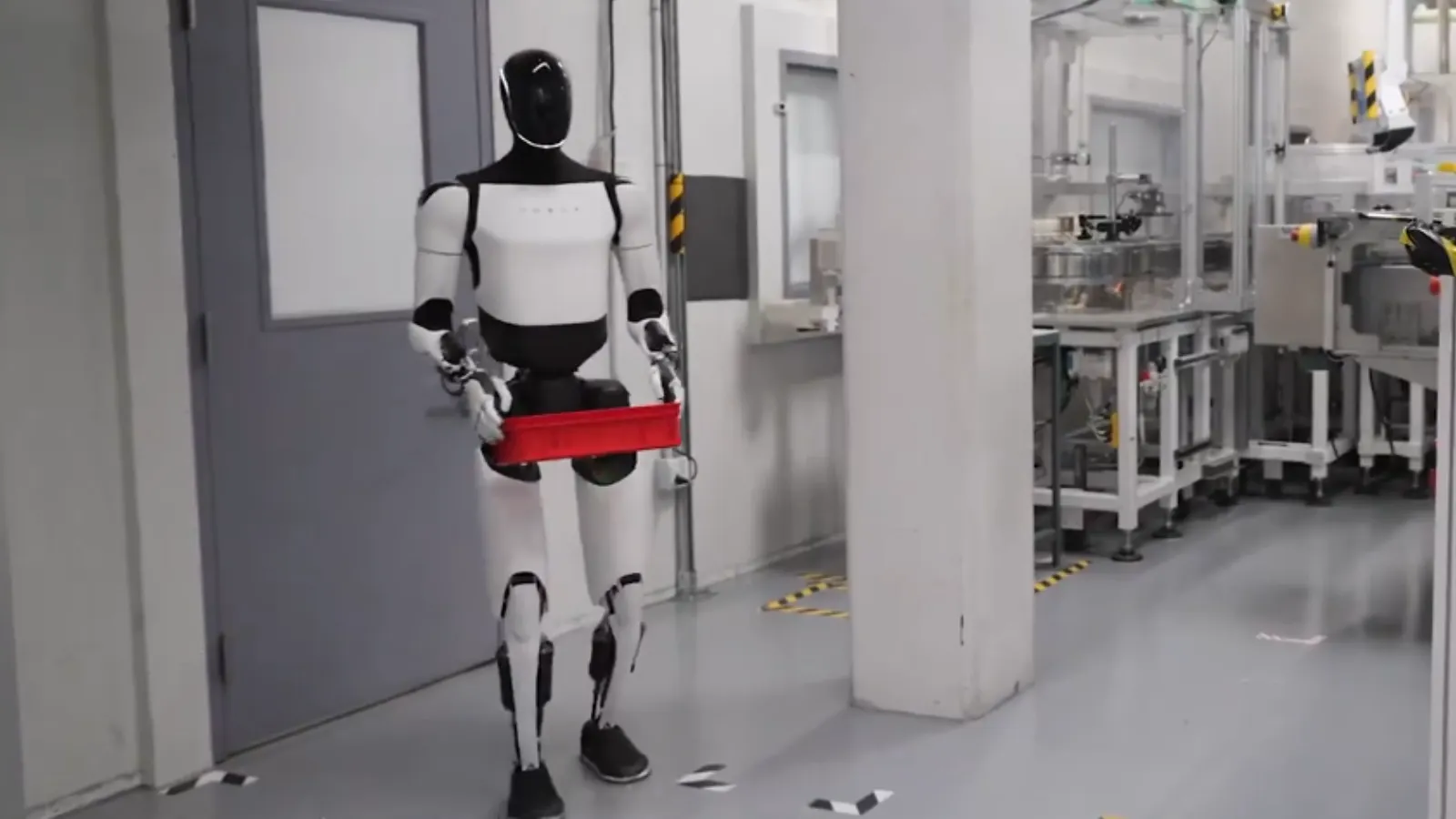 Optimus Robot in a factory. Image: Tesla
Optimus Robot in a factory. Image: TeslaEarlier in 2024, German car manufacturer Mercedes-Benz partnered with Austin-based AI developer Apptronik to give its assembly line robots an AI upgrade.
“We are exploring new possibilities with the use of robotics to support our skilled workforce in manufacturing,” Mercedes-Benz board member Jörg Burzer said in a statement. “This is a new frontier, and we want to understand the potential both for robotics and automotive manufacturing.”
It’s not just assembly lines that employ robots in jobs once held by humans. In June 2024, Hyundai Motor Group introduced two service robots at its smart office in Seoul, one designed to deliver items like coffee and another to autonomously park cars, marking a step toward integrating robotics into everyday workplace operations.
"With DAL-e‘s full-fledged delivery service, we aim to make Factorial Seongsu the first building to apply our Robot Total Solution," vice president and head of the joint Hyundai and Kia robotics lab, Dong Jin Hyun, said at the time.
Space exploration
SpaceX CEO Elon Musk has expressed interest in deploying humanoid robots for space exploration to handle tasks that are too risky or demanding for human astronauts.
"[On Earth] we‘re at the top of a massive pyramid of industry that starts with mining a vast array of materials, which go through hundreds of steps of refinement,” Musk said in an interview with Texas Senator Ted Cruz. “We grow food, trees, and make things from them. You have to build all that on Mars, which is a hostile environment.”
 Image: Lunar Rover by GITAI
Image: Lunar Rover by GITAISending robots to Mars first would allow them to operate in hazardous environments, gather vital data, and prepare habitats, reducing risks for future human crews.
In April, Musk said SpaceX aims to send Optimus robots to Mars in 2026, laying the groundwork for human-led missions soon after.
Healthcare
As America’s population ages and adults over 65 surge toward 82 million by 2050, healthcare robotics is stepping in to meet growing eldercare demands.
Robots like NVIDIA‘s Isaac for Healthcare—an AI-powered robotics framework—are designed to assist with physical tasks in clinical environments. At the same time, MIT’s E-BAR is a mobile robot designed to help seniors move safely and prevent falls at home. During the height of the COVID-19 pandemic, Beijing-based Tsinghua University began deploying robots that could wander the halls of hospitals, checking on patients and assisting medical personnel.
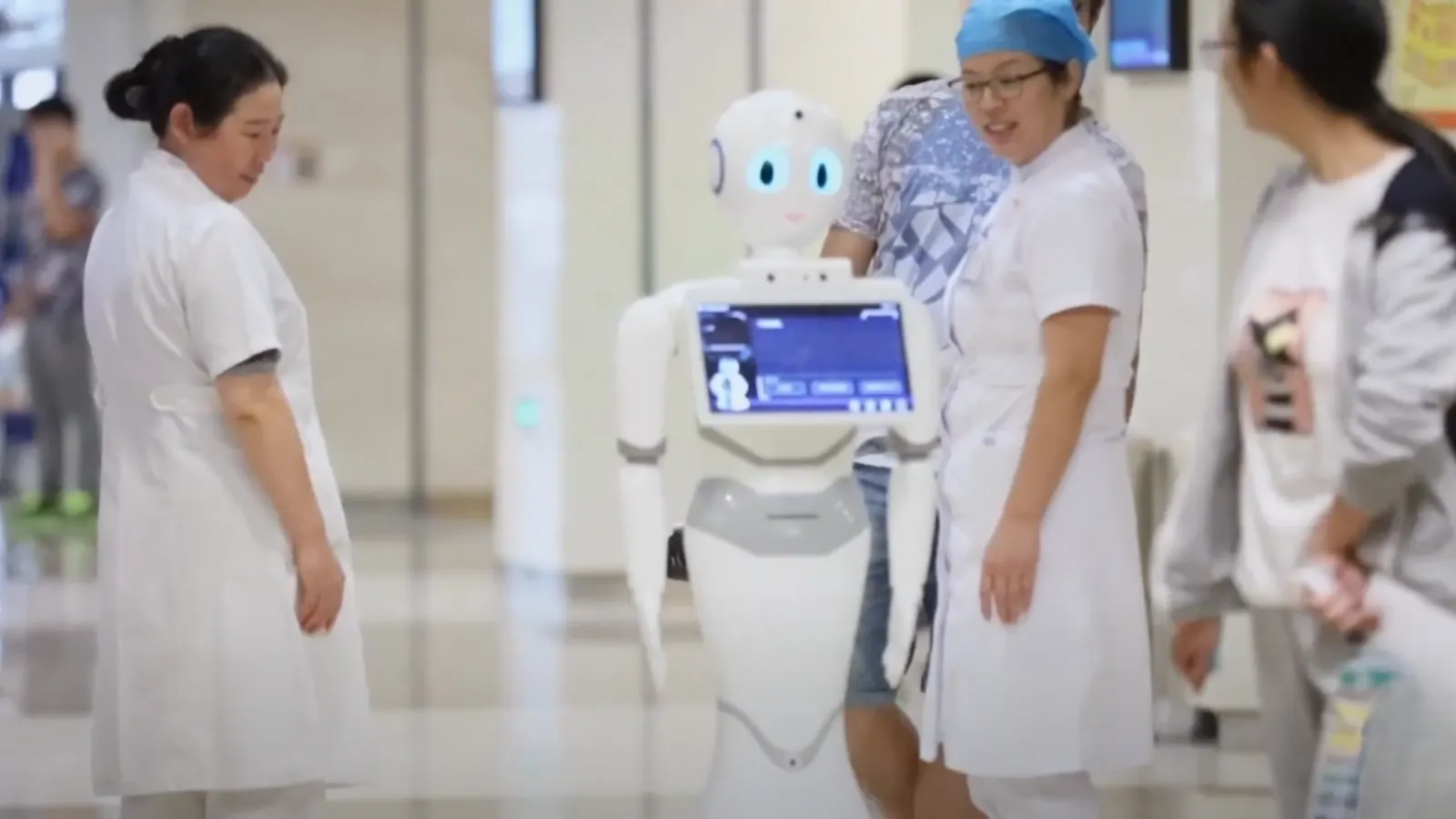 Image: Tsinghua University
Image: Tsinghua University“Our design concept is to provide older adults having balance impairment with robotic handlebars for stabilizing their body,” MIT Professor of Engineering Harry Asada told MIT News. “The handlebars go anywhere and provide support anytime, whenever they need.”
Backed by OpenAI, Norwegian-American company 1X raised $100 million in January 2024 to develop and build its second humanoid robot, Neo. Neo is designed for the home and meant to help seniors around the house, potentially replacing in-home nursing care.
 Image 1X
Image 1XPerhaps the most provocative use of robotics lies in the sex industry, where machines are being designed to replicate, and monetize intimacy.
Sex work
Robots are even beginning to replace humans in sex work, as AI-powered devices including artificial vaginas and responsive sex robots are developed by tech companies aiming to automate intimacy and commercialize digital companionship.
Now, Bryan, a Las Vegas-based developer who calls himself a “builder of sex robots” and a “robot gynecologist,” has emerged as a leading figure in the field. While he only goes by his first name, Bryan said in January that he had earned over $70,000 from men eager to support his AI-powered sex toy project, Orifice, which aims to address male loneliness by offering artificial alternatives to human intimacy.
“[ElizaOS] is just not as dirty as you would like,” Bryan admitted to Decrypt. “It’s also very wordy, which is fine for a demo. But you always get people commenting, ‘Could she speak less?’ The longer she’s speaking, the less interactive it is.”
Bryan compared the user experience to “a bad video game cut-scene,” where the interactivity is lost and users are left passively waiting.
While developers rush to bring sexbots to the market, adult entertainers worry that synthetic replicas and AI companions are leaving them behind.
“We can‘t compete with AI images of girls as these figures are ‘perfect’ in the viewer‘s eyes,” adult performer Tanya Tate previously told Decrypt. “They aren‘t real, but there is already a market for fans interacting with these AI models.”
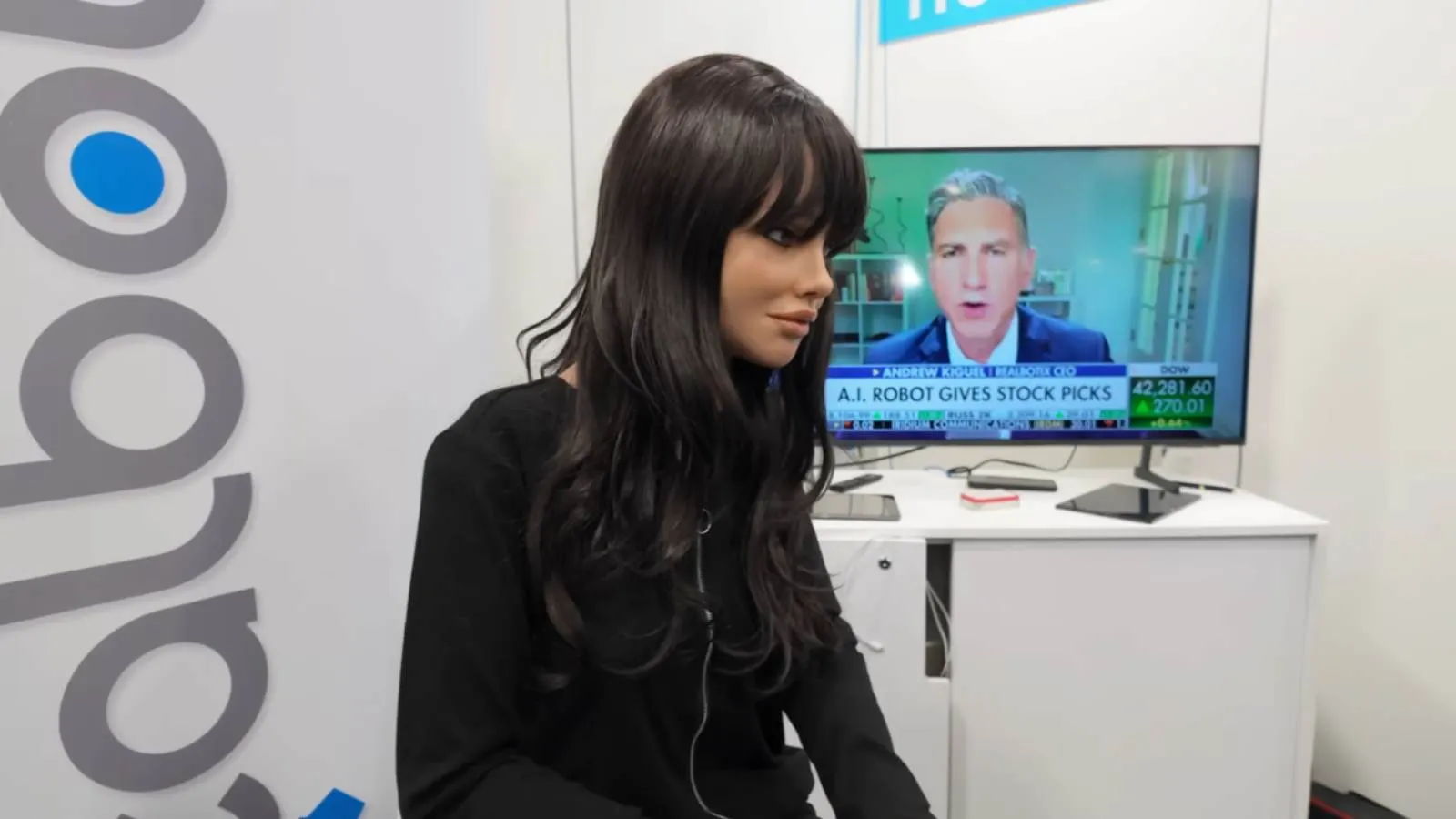 image: Realbotix
image: RealbotixIn January 2025, Toronto-based Realbotix released its full-bodied humanoid robots, equipped with artificial intelligence to simulate personality, engage in conversation, and respond to emotional cues.
The rise of robot companions exists in a moral gray area. It raises ethical questions about consent, autonomy, and what it means when or if synthetic creations are programmed to give or deny intimacy in a world where robots can simulate it.
Your Email
